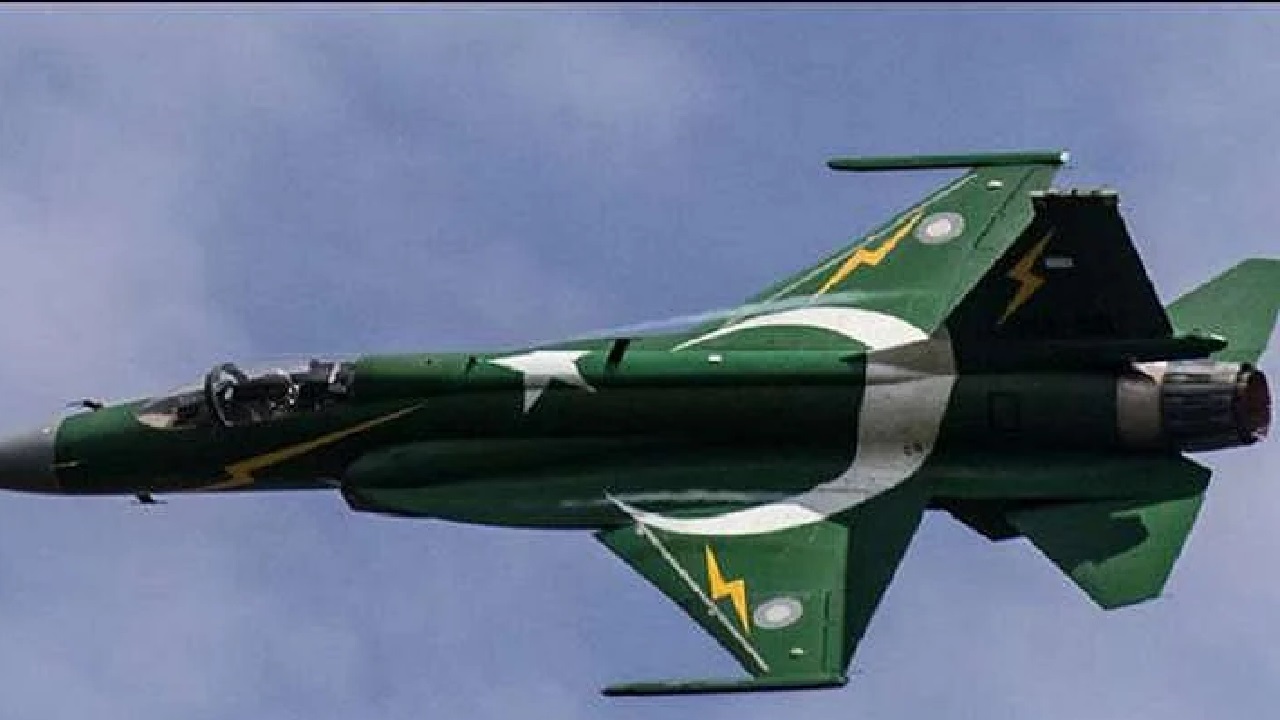Kolkata, a city known for its vibrant culture and history, is on high alert as a massive protest march, “Nabanna Abhijan,” looms over the horizon. With over 6,000 police officers deployed and a three-layer security apparatus in place, the city has turned into a fortress. The protest, organized by a controversial group, has raised concerns about potential violence and disruption. The West Bengal Police, anticipating trouble, have left no stone unturned in their preparations.
The Catalyst for Protest
The “Nabanna Abhijan” protest march is centered around the demand for justice for the alleged rape and murder of a 31-year-old doctor at Kolkata’s RG Kar Medical College on August 9. The gruesome incident has sparked outrage across the state, leading to widespread protests by the medical community. Thousands of doctors in Bengal have been on strike since the incident, refusing to return to work despite appeals from the Supreme Court and the state government.
The protest march, called by an unregistered students’ body, Paschim Banga Chhatra Samaj (West Bengal Students Community), and the Sangrami Joutha Mancha (Joint Platform of Struggle), aims to hold the West Bengal government accountable for its alleged failure to prevent such incidents. The protesters are also demanding the resignation of Chief Minister Mamata Banerjee.
Security Measures: A Fortress in the Making
In response to the impending protest, the Kolkata Police have implemented a massive security operation. More than 6,000 police personnel have been deployed across the city, with 26 Deputy Commissioner (DC) rank officers, 21 officers of Inspector General (IG) and Deputy Inspector General (DIG) rank, 13 Superintendent of Police (SP) and Deputy Commissioner level officers, and 15 Additional Police Commissioners and Additional Superintendent of Police rank officers on duty. Additionally, 22 officers of Additional Commissioner and Deputy Superintendent level, along with 26 Inspector rank officers, have been stationed at key points.
To further bolster security, the police have erected barricades at 19 strategic locations throughout the city. Surveillance drones have been deployed to monitor the situation from the skies. The Chief Secretary, Home Secretary, and Director General of Police (DGP) will be present at the state secretariat, Nabanna, to oversee the security arrangements. Kolkata Police Commissioner Vineet Goyal will control the operation from the Police Headquarters Control Room.
In anticipation of potential violence, prohibitory orders have been imposed near Nabanna under Section 163 of the Bengal National Security Statute (BNSS), preventing the assembly of five or more persons. The government has made it clear that any attempt to breach these orders will be met with strict action.
Protesters’ Perspective: A Call for Justice
Despite the heavy security presence and the government’s concerns, the organizers of the “Nabanna Abhijan” protest have maintained that their rally will be peaceful. Sayan Lahiri, spokesperson for Chhatra Samaj, has dismissed the claims made by the Trinamool Congress (TMC) and the police as baseless. “We aim to raise our demands peacefully. If we are stopped, we will attempt to proceed to the secretariat gate in a non-violent manner to demand the Chief Minister’s resignation,” Lahiri stated.
The protesters have accused the state government of failing to protect its citizens, citing the RG Kar case as a prime example of this failure. They argue that the government’s inability to prevent such heinous crimes has left them with no choice but to take to the streets and demand accountability.
Allegations and Counterclaims: The Politics of Protest
The state police have claimed that they have uncovered evidence of a conspiracy to create large-scale chaos and anarchy during the rally. According to the police, one of the individuals who called for the “Nabanna Abhijan” met with the leader of a political party at a prominent five-star hotel in the city. The police also claim to have specific intelligence indicating that miscreants plan to infiltrate the protest and incite violence, with the goal of provoking the police into using force.
The ruling TMC has echoed the police’s concerns, accusing the opposition, particularly the Bharatiya Janata Party (BJP), of attempting to destabilize the state government. TMC leaders have argued that the BJP, unable to gain a foothold in Bengal through democratic means, is now resorting to creating unrest.
The BJP, on the other hand, has criticized the TMC for using the police as its “last line of defense.” They argue that the heavy-handed security measures are a sign of the Chief Minister’s desperation to maintain control in the face of growing public discontent.
Impact on Students: A Clash of Interests
The timing of the protest has drawn criticism from various quarters, particularly because it coincides with the UGC-NET exams, a crucial test for thousands of students in the city. The police have made special arrangements to ensure that students appearing for the exam can reach their examination centers without any hindrance.
However, the irony of a student organization planning a disruptive protest on a day when so many students are appearing for exams has not been lost on observers. The police have pointed out that the disruption caused by the rally could have serious consequences for the students’ future.
The Uncertain Road Ahead
As the day unfolds, all eyes will be on Kolkata and the “Nabanna Abhijan” protest. While the protesters insist on their peaceful intentions, the heavy security presence and the government’s apprehensions suggest that the situation could escalate at any moment. The outcome of this standoff will not only determine the immediate future of law and order in Kolkata but could also have far-reaching implications for the political landscape of West Bengal.
(With inputs from agencies)








